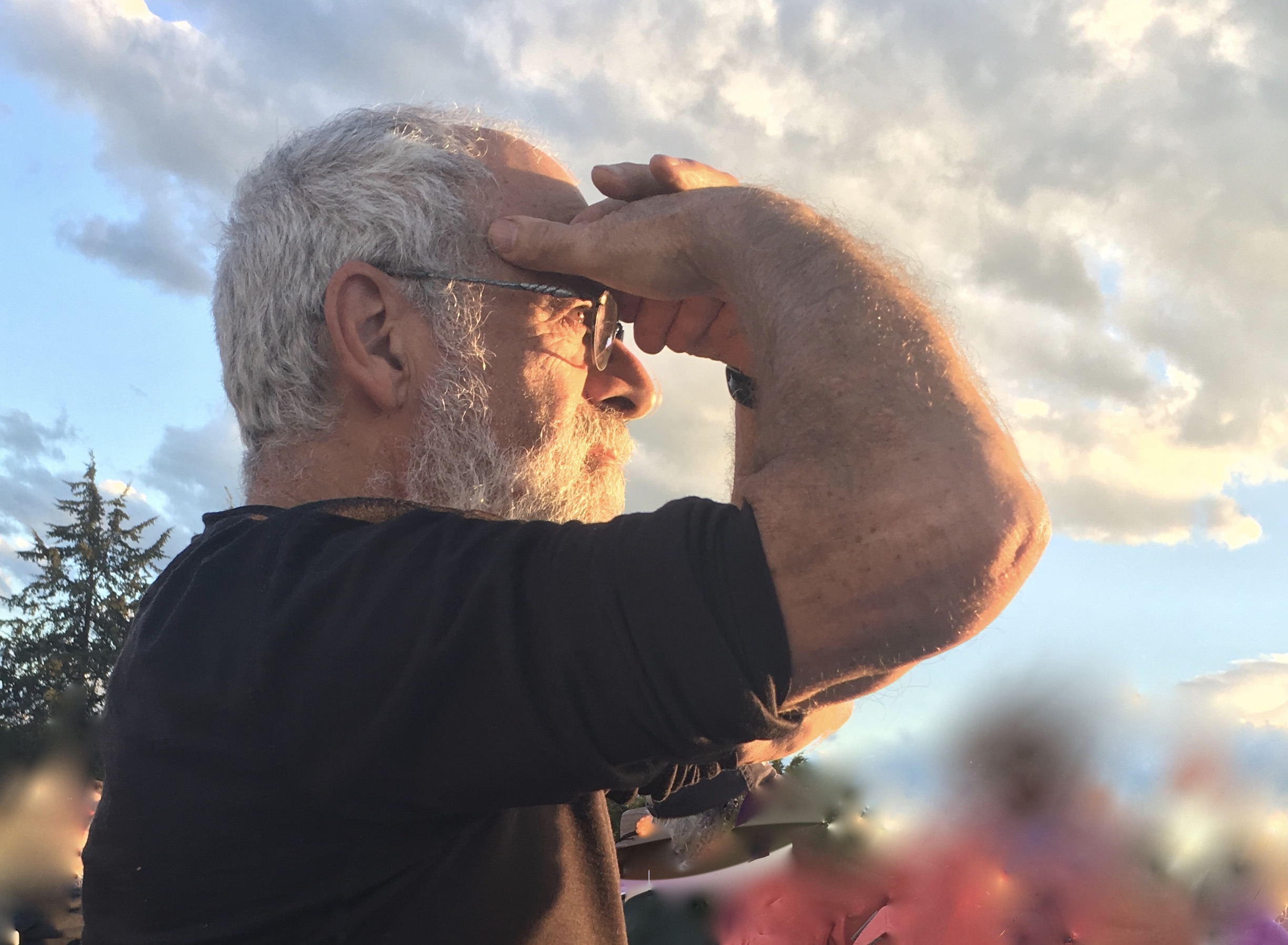Every time I hear the phrase “internalized homophobia”, I bristle. It’s a phrase that tends to locate the problem in the gay person. What makes matters even more bristle-y for me is that the phrase is often heard from my LGBT colleagues in the helping profession, my fellow psychotherapists. Believe me, as a gay boy growing up in suburban New Jersey, and later as a young man in New York City, I had my own profound, life-challenging experiences at the hands of homophobia. But let’s name the bastard where it lies: in the culture…not in the gay person. In narrative therapy, externalizing language is used in order to separate the problem from the person, thereby allowing space to more clearly examine the effects of the problem and to assist in identifying preferences that stand outside the problem story. By speaking of “internalized homophobia” we are continually locating the problem within the person, inferring that it is the person that needs to be fixed. The person doesn’t, in fact, need fixing. It’s the homophobic culture of oppression that needs challenging. Sure, one of the effects of homophobia is that it often convinces us to internalize its negative messages, thereby restricting the development of our preferred identities in the world…but let us acknowledge the actual scene of the crime: it’s out there, not “in” here. One of the tenets I hold in my life and in my work is that language does more than merely describe reality. Language creates our realities. So whether you’re a therapist, a student, a client, or someone who just happened to stumble upon this little narrative, I invite you to consider the difference between:
a) someone who “has internalized homophobia”, and
b) someone who’s “interested in claiming their life back from the oppressive forces of homophobia.”
Language matters.

